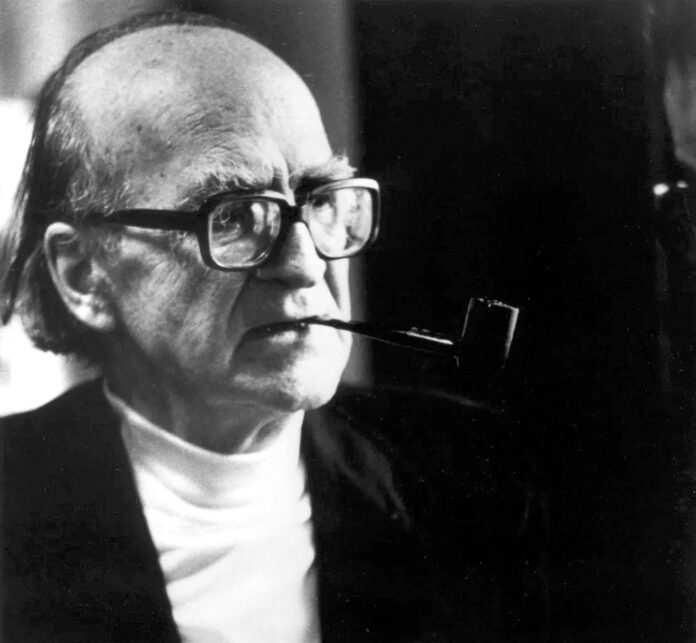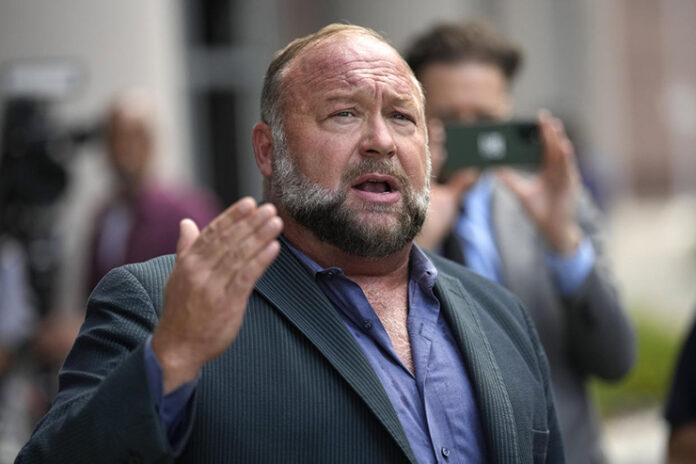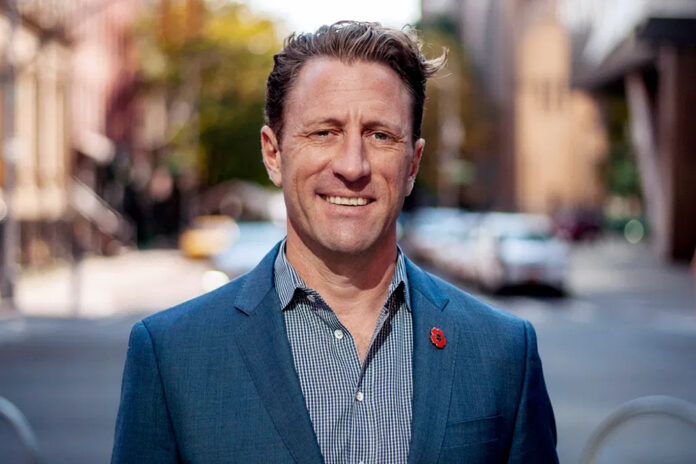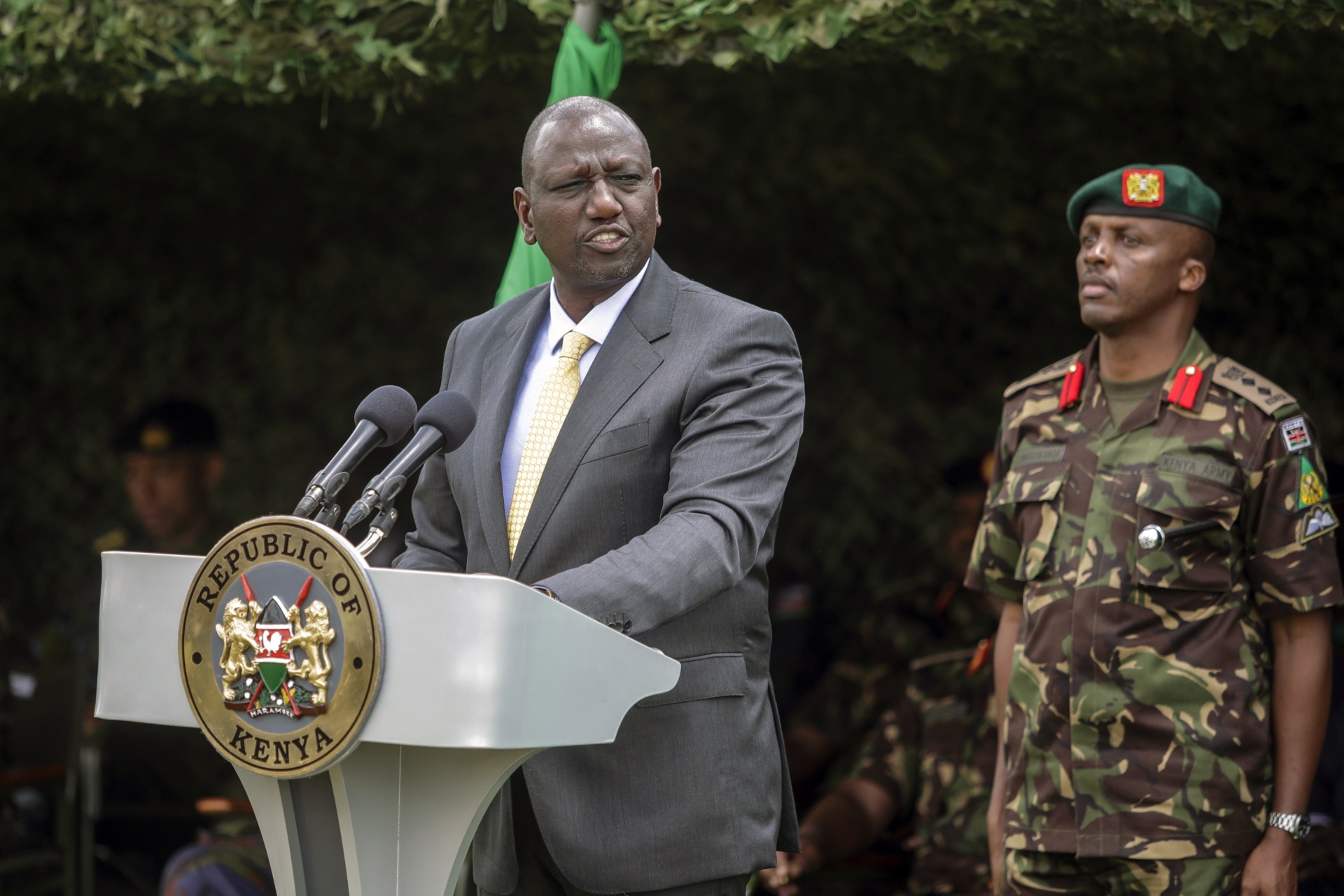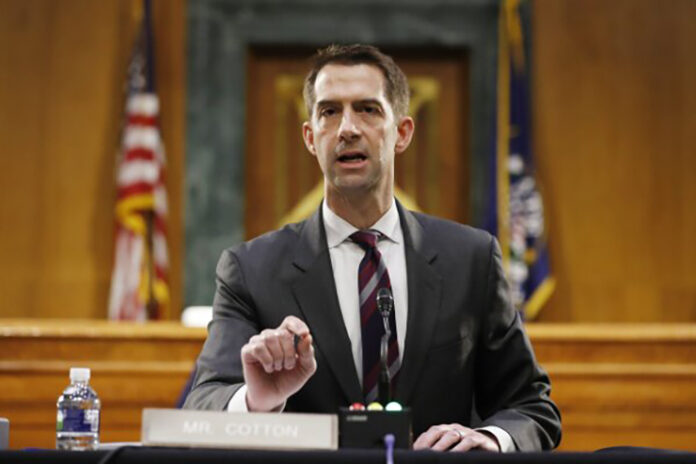By Yossi Ives
Yehuda is the most common name in Talmudic literature, appearing a total of 7,302 times. Many outstanding scholars went by that name, notably Rabbi Yehuda Hanasi (Judah the Prince), who compiled the Mishnah, the foundational code of the Talmud, completed at the beginning of the 3rd century CE.
The Yehuda who appears most often, however, is Rabbi Yehuda ben Ilai—usually just referred to as Rabbi Yehuda—a leading scholar in the Land of Israel during the 2nd century CE. His rulings appear in all but one of the 63 tractates of the Mishnah, and he is cited more than any of his 1281 contemporary Tannaim—600 times in all.
Throughout the Babylonian Talmud—the immense compendium of scholarship based upon the Mishnah (developed over three centuries and completed circa 500 CE)—his teachings are mentioned over 3,000 times, more than any other scholar.
Not only in the Talmud, but also in other classic texts (such as the Tosefta and Sifra), Rabbi Yehuda stands out as the most oft-cited teacher. Considering that he lived and taught in an era of truly outstanding Torah personalities—including Rabbi Shimon bar Yochai, Rabbi Meir, Rabbi Akiva, etc.—this accomplishment is truly extraordinary.
Moreover, the Talmud almost always sides with Rabbi Yehuda’s opinion when he and his illustrious colleagues disagree.2
Rabbi Yehuda was put on a pedestal, extolled for his great scholarship and appointed as the Rosh Yeshiva, head of the rabbinical academy, for 20 years. There is a passage in the Talmud3 that praises “the generation of Rabbi Yehuda ben Ilai” over those of Moses, Joshua and the pious King Hezekiah—high praise indeed.
So, we may ask, what was it about Rabbi Yehuda that enabled him to become such a towering Torah giant?
He Advocated Living Simply
Perhaps the most extraordinary thing we know about Rabbi Yehuda was that he didn’t own even a single item of outerwear! In fact, he and his wife shared a single cloak, taking turns to use it, as we can see from the following incident related in the Talmud:
Rabbi Yehuda’s wife went out to the market, collected wool, and made a thick cloak. When she would go out to the market, she would cover herself with it. When Rabbi Yehuda would go out to pray he would cover himself with the cloak and pray … On one occasion Rabban Shimon ben Gamliel [the Nasi or president], decreed a public fast. Rabbi Yehuda did not come to the house of the fast, where everyone gathered. The people said to Rabban Shimon ben Gamliel: Rabbi Yehuda does not have a garment to cover himself with. Rabban Shimon ben Gamliel sent him a cloak, but Rabbi Yehuda did not accept it.4
He refused to accept material benefit from anyone, preferring to earn a living through his own hands. He would even carry an earthenware jug on his shoulder on his way to the House of Study, declaring that “Labor is great, for it brings honor to those who practice it.”5
Rabbi Yehuda advocated living simply, and was known for a saying (that rhymes in Hebrew) “Eat onions (batzel) and sit in the shade (tzel).”6
He Was Exceedingly Pious
Rabbi Yehuda’s piety was so renowned that when the Talmud tells a story about “a chassid,” a pious person, it usually refers to our Rabbi Yehuda.7
A typical story related in the Talmud8 describes Rabbi Yehuda strolling in his field on Shabbat when he noticed a breach in the fence. He began mentally planning how he would repair the fence the next day, but then remembered it was Shabbat and that it would be disrespectful to the holy day to contemplate mundane issues or plan actions to be taken on a weekday.
He was so distressed that he had allowed his mind to wander to mundane matters on Shabbat—even momentarily—that he punished himself by vowing never to repair the fence. After Shabbat, a miracle was performed for him and a caper bush (a thorny plant whose fruits have a high monetary value) sprouted, effectively blocking the hole in the fence.
One may get a sense of Rabbi Yehuda’s saintliness from a first-hand description of his countenance on Shabbat:
This was the custom of Rabbi Yehuda bar Ilai: On Shabbat Eve, they would bring him a bowl full of hot water and he would use it to wash his face, hands, and feet, and he would wrap himself, and sit in linen cloaks with ritual fringes, and he was like an angel of the L-rd of hosts.9
His Care for Others Was Renowned
Rabbi Yehuda advocated for prioritizing acts of lovingkindness, and indeed there are numerous accounts of him acting on his own teachings:
The Sages said about Rabbi Yehuda bar Ilai, that he would suspend the study of Torah to attend the removal of a corpse for burial and to attend the entry of a bride into the wedding canopy.
The Sages said about Rabbi Yehuda bar Ilai that he would take a myrtle branch and dance before the bride, and declare that she was beautiful and charming.10
Here was the greatest rabbi of his generation canceling his lecture so that a stranger could receive a dignified burial or an unknown bride would be celebrated on her special day. Such is the mindset of a truly selfless person.
One story is particularly striking. In a fit of anger, a man (who apparently was unhappy with his wife’s culinary abilities) said to his wife: “You are banned by an oath from benefiting from me in any way until you have given Rabbi Yehuda and Rabbi Shimon your cooked food to taste, so they can see for themselves what a bad cook you are.”11
When the woman brought her food to Rabbi Shimon, he adamantly refused to taste it. He insisted that the oath was ridiculous and inappropriate (as indeed it was). He also felt that this was the height of disrespect to a leading scholar.
By contrast, when the woman came with her request to Rabbi Yehuda, he tasted the food. He justified allowing himself to be humiliated in this way by arguing that if G‑d was prepared to have his name blotted out (in the case of the Sotah) to bring peace between a man and his wife, all the more so a mere mortal should be ready to suffer indignity to restore marital harmony.
An Example for the Ages
Rabbi Yehuda achieved stellar heights and authoritative rabbinic leadership not only because he was a towering intellect, but also a person of impeccable character and exceptional kindness. Almost 2,000 years later, he remains one of our most cherished teachers.
Above all, Rabbi Yehuda is an exemplar of sacrificing worldly convenience and earthly comfort for the sake of nobler pursuits. He foreswore all indulgences and eschewed any self-interest in favor of a life dedicated to a higher purpose.
At the very opening of the classic Ethics of the Fathers, the great Rabbi Shimon Hatzadik (Simeon the Righteous) taught that “The world stands on three things: Torah, Service of G‑d, and Acts of lovingkindness.”12 Rabbi Yehuda encompassed all three qualities to an exceptional degree. He was the living expression of our faith.
Perhaps it is unrealistic for every person to aspire to Rabbi Yehuda’s heights, but we can draw inspiration, select appropriate priorities, and occasionally give up on what’s easy in favor of what’s right. Like Rabbi Yehuda, we should dedicate more of ourselves to the pursuit of Torah knowledge, a life of piety, and a propensity for committing good deeds.
FOOTNOTES
- Maimonides, introduction to his commentary to the Mishnah.
- Eruvin 46b.
- Sanhedrin 21a.
- Nedarim 49b.
- Nedarim 49b.
- Pesachim 114a.
- Or another Rabbi Yehuda, Rabbi Yehuda ben Bava.
- Shabbat 150b.
- Shabbat 25b.
- Ketubot 17a.
- Nedarim 66a.
- Ethics of the Fathers 1:2.
Yossi Ives is the rabbi of Cong. Ahavas Yisrael of Pomona, N.Y. He is founder and is Chief Executive of Tag International Development, a charitable organization that focuses on sharing Israeli expertise with developing countries. Yossi holds a PhD. in Coaching Psychology and is a qualified life coach who specializes in relationship coaching. He is the author of several books, mainly on mysticism and psychology.




